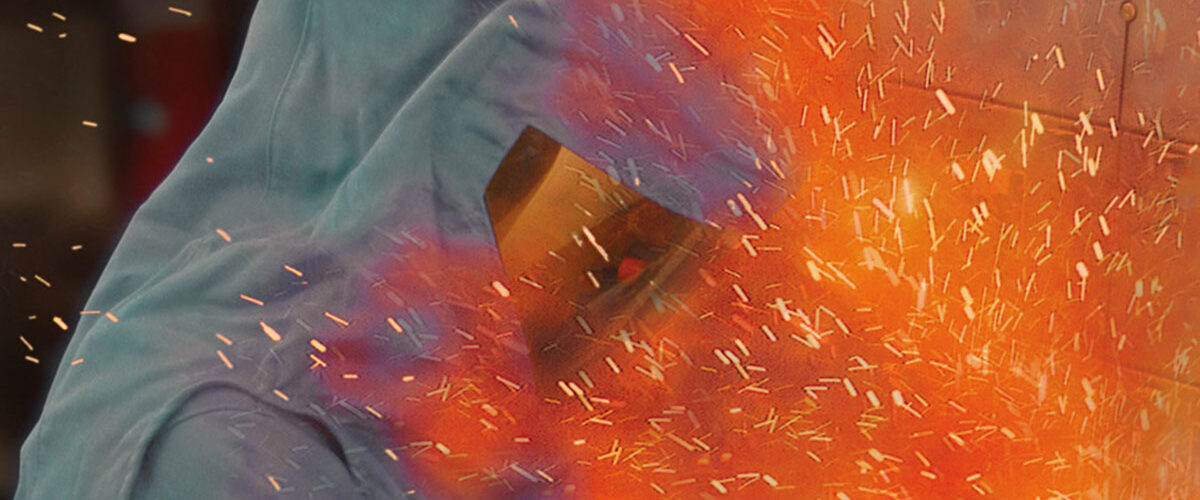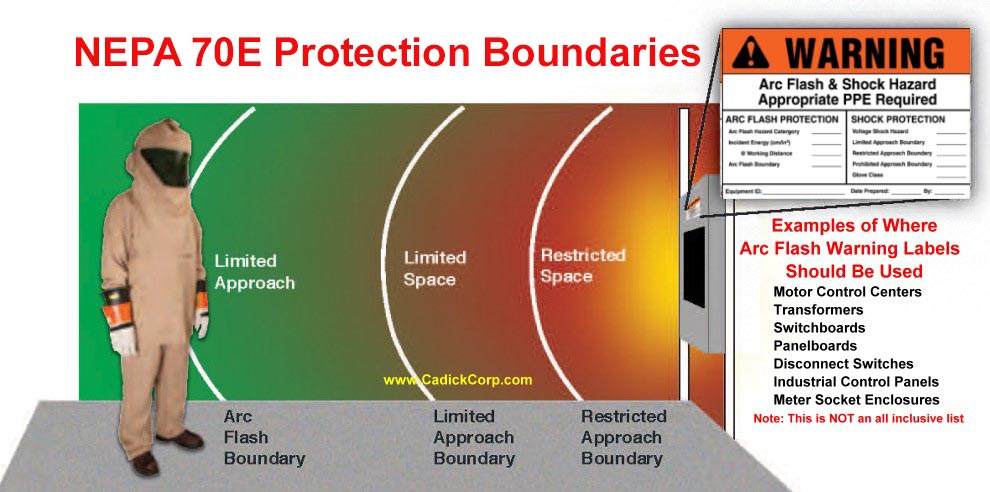
INCIDENT ENERGY ANALYSIS (ARC FLASH ANALYSIS)
According to the U.S. Bureau of Labor Statistics (BLS), there were nearly 6,000 fatal electrical injuries to workers in the U.S. between 1992 and 2013.
Between 2003 through 2012, data shows that there were also 24,100 non-fatal electrical injuries. OSHA found during their investigations that many workers who experience electrical injury have insufficient training for working on or around energized electrical equipment. Additionally, failure to use appropriate personal protective equipment for electrical safety work practices was—and is—a contributing factor in many electrical injuries.
The objective of an incident energy analysis is to minimize or mitigate the hazard to your electrical service personnel. Consequently, an arc flash hazard analysis will identify the Arc Flash Protection Boundary, which is the closest approach distance allowed before Personal Protective Equipment (PPE) must be worn. When inside the Arc Flash Protection Boundary, a worker must wear the proper PPE.
Cadick Corp will perform an arc flash study in accordance with the current editions of NFPA 70E, IEEE 1584 and IEEE 1584.1. Per these standards, the assessment must be updated whenever major modifications or renovations take place. Additionally, it requires that it must be reviewed at least every five years.
Arc flash temperatures can be as high as 35,000 degrees Fahrenheit – which is even hotter than the surface of the sun.
To perform an incident energy analysis, we start with a short circuit study and protective device coordination study. These studies will provide the short circuit fault current levels and protective device (circuit breaker, fuse, protective relay) settings for your switchgear, motor control centers, panelboards, etc. We then use the IEEE 1584 and NFPA 70E Standards to perform the incident energy analysis. If this is the first time you have had a study performed or there have been many changes in your system, we will start by collecting the necessary data from your facility. If you’ve already had short circuit and coordination studies performed, we begin our analysis with results of these studies.
However, the study does not end there. We also perform a Voltage Hazard Analysis and provide appropriate shock protection PPE.
How Can We Help?
Our industry-leading solutions can help you achieve your goals
Have questions, want to discuss your requirements, or need a proposal?

